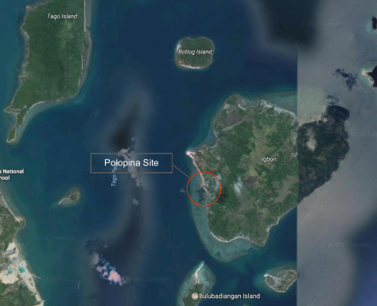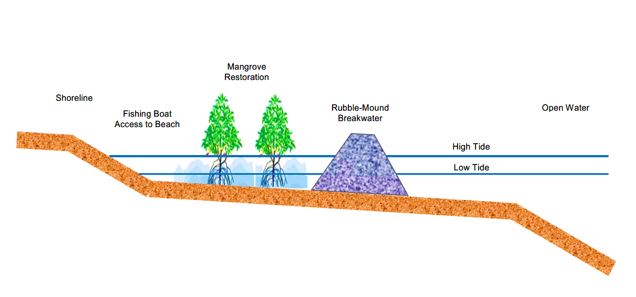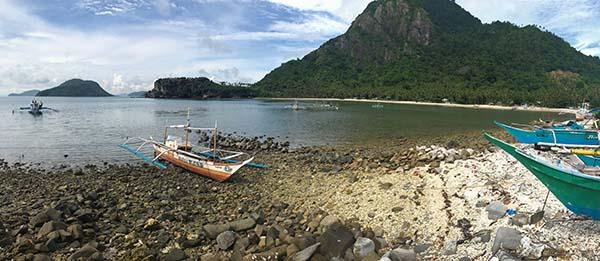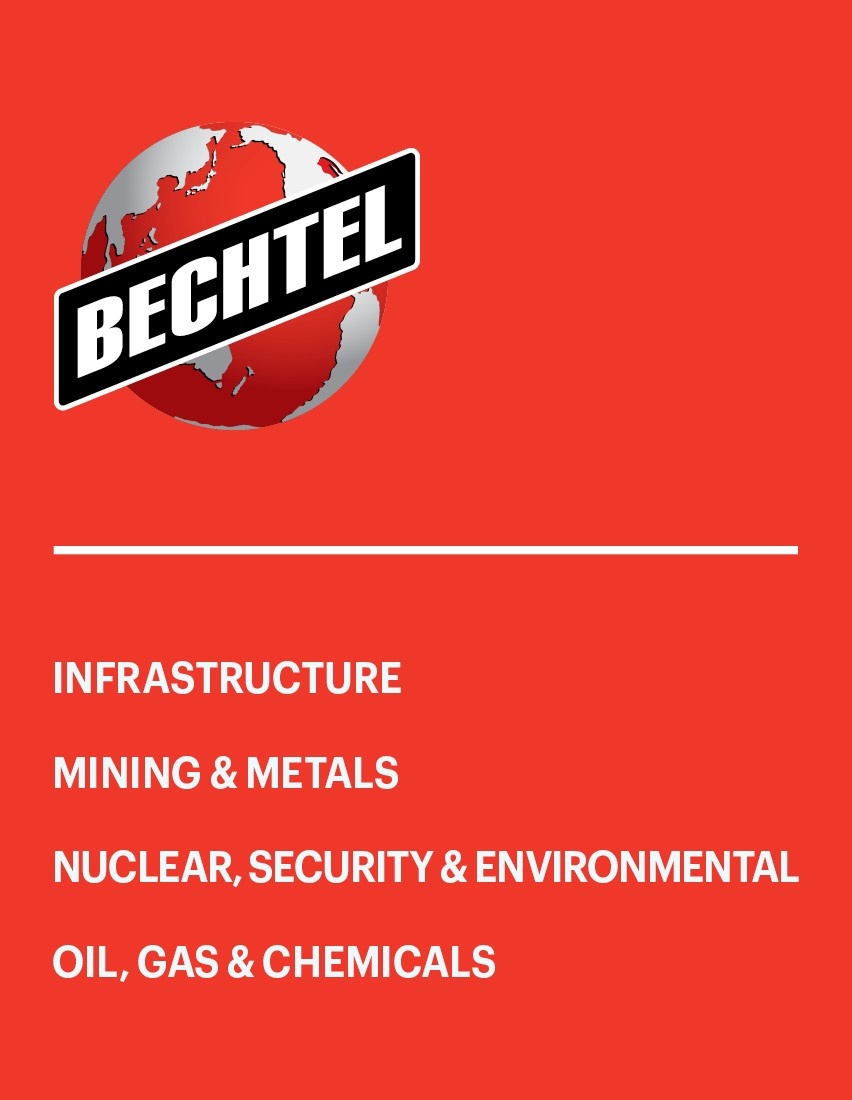Philippines Coastal Protection: A Green-Grey Approach to Resilience
by Peter Toth, Bechtel 4D Planning and Project Controls Engineer
Bechtel and Conservation International are collaborating on a three-year coastal protection project in the Philippines to demonstrate the potential for natural systems to adapt to the consequences of changes in climate and extreme weather events, and the relevance of setting up grey (engineering) and green (ecosystem conservation) infrastructures in order to build resilience into coastal territories and communities especially following typhoons.
Funded by the Agence française de développement, we are implementing "green-grey" projects on several pilot sites of the Municipality of Concepcion (province of Iloilo). This municipality has been weakened significantly by the impacts of Typhoon Haiyan. The projects aim to encourage the integration of this type of solution into coastal protection policies on a regional, national and international scale.
What's being done:
- Completed customer scoping meeting, data gap assessment, and revision of project delivery schedule
- Developed green-grey site assessment criteria
- Completed seven site assessments, stakeholder and community consultations on Iloilo
- Delivered conceptual green-grey engineering design (see below)
The Approach
(See Figure 1)
Next Steps
Deliver detailed conceptual design, collate stakeholder input, and support construction plan.
Peter's Story
Twenty-three hours later I was on the other side of the world [Philippines] with some of Bechtel's top environmental scientists and engineers, and a team of senior conservationists and community specialists from Conservation International. We spent the last few months volunteering our time and technical resources to prepare for this mission.
Our objective was to strengthen the resilience of vulnerable communities against future typhoons by applying nature based, engineering, and disaster risk reduction solutions. According to the recent World Risk Report, Philippines is one of the most vulnerable countries to natural disasters.
After arriving in one of the most densely populated and fastest growing Southeast Asian cities – Metro Manila – we were on a domestic flight to Iloilo Island the next morning followed by a two-hour van ride through a rural jungle before reaching a remote island village that would serve as “base camp” for the next few days. We traveled by boats constructed by hand from local materials to seven remote sites on four different tropical islands effected by super Typhoon Haiyan in 2013, considered the strongest tropical cyclone to make landfall.
We met with several communities and assessed their vulnerabilities. Each one had its own micro-economy, educational system, unique governance, politics, and language. Several communities had little access to basic human needs like clean water and reliable electricity. These challenging issues had to be factored into our solution. I quickly learned you can’t just have a technical connection to the project; you also need to have an emotional connection.
We eventually returned to Manila for an all-day workshop with several partners and stakeholders to select the sites and start developing the project execution plan. Our common experience on the island generated substantive discussion and good collaboration at the meeting. Two members of the Philippine Reclamation Authority, a government agency, joined the meeting as observers to learn about our approach. To enable the community to cope and recover more safely and sustainably, our solution was not simply going to be a typical engineering design like a sea wall or levee, but rather a green-grey solution that protects people, conserves and optimizes natural resources, maximizes local know-how, and safeguards existing economic livelihoods which is fishing.
Being a young engineer, this was an experience of a lifetime – personally and professionally. The next phase of work is the detailed conceptual design and then implementation with the community. I am excited to be part of that.
To learn more about Bechtel, visit the #build100 blog and sign up for our newsletter here.





